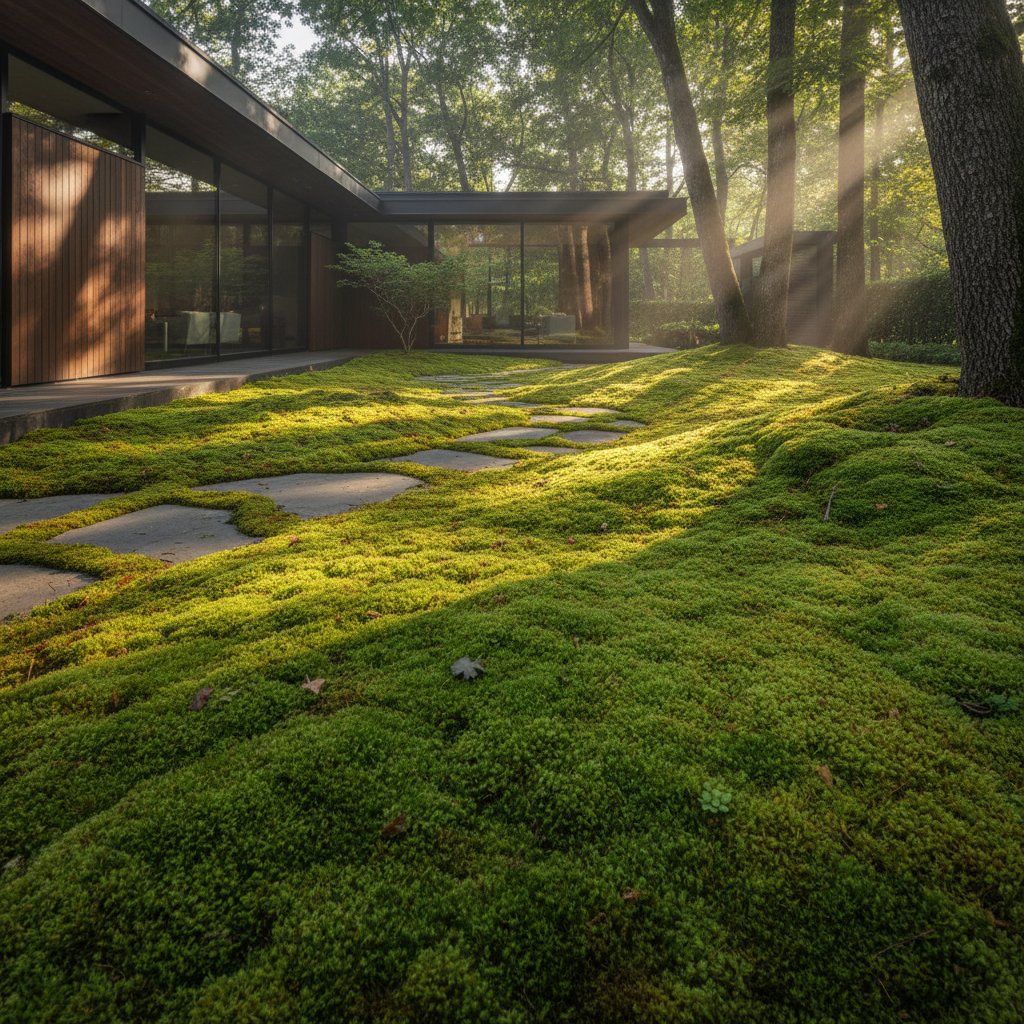Porcelain Pavers: Effortless Hardscaping for 2025
Homeowners seeking a polished outdoor area that requires minimal effort should consider porcelain pavers. These materials gain popularity for applications such as patios, pool decks, and walkways due to their blend of refined aesthetics and practical performance. Porcelain pavers replicate the appearance of natural stone or concrete while providing enhanced resistance to stains, moisture, and fading compared to traditional options. Placement occurs in diverse outdoor settings with reduced concerns over ongoing maintenance.
This guide covers the essentials of porcelain pavers, including comparisons to other materials, cost estimates, installation techniques, and care strategies. Readers gain a comprehensive understanding to determine suitability for specific yard or patio projects.
Style and Design Options
Homeowners select porcelain pavers for their extensive design flexibility, accommodating styles from contemporary to traditional.
Popular aesthetic variations include:
- Stone imitation: Replicates slate, travertine, or limestone to achieve a genuine natural appearance.
- Wood emulation: Delivers the inviting texture of wood devoid of issues like splintering or decay.
- Concrete mimicry: Suits sleek, modern setups with uniform gray hues and clean lines.
- Textured finishes: Enhances traction in wet zones such as pool edges or stairways for improved safety.
Available dimensions range from compact 6x6-inch squares to expansive 24x48-inch rectangles. Opting for larger formats minimizes visible grout joints and fosters a continuous, expansive look. For intricate patterns, combining various sizes yields traditional layouts or artistic mosaic arrangements.
Cost Considerations
Budgeting for porcelain pavers involves evaluating material prices, installation expenses, and long-term savings. Material costs typically range from $8 to $20 per square foot, depending on style, size, and thickness. Basic stone-effect options start at the lower end, while premium wood-look or large-format varieties approach the higher range.
Installation adds $5 to $15 per square foot, varying by method and site preparation needs. Dry or sand-bed approaches prove more affordable for DIY projects, whereas mortar setups demand professional labor, increasing overall expenses. Factor in additional costs for base materials like gravel or sand, which run $1 to $3 per square foot. Over time, the absence of sealing requirements offsets initial investments, as traditional materials necessitate treatments every 1 to 3 years at $1 to $2 per square foot.
Total project costs for a 200-square-foot patio might span $2,600 to $7,000, including materials and basic installation. Consulting local suppliers ensures accurate pricing tailored to regional availability.
Installation Basics
Porcelain pavers accommodate multiple installation techniques, selected based on the underlying surface and intended application. Primary methods encompass dry placement over gravel or grass, sand-bed setups, and mortar bonding to concrete slabs.
1. Dry Installation
This technique suits garden paths or provisional installations. Pavers rest upon a compacted gravel layer or directly on prepared grass. Such arrangements permit straightforward relocation or modifications in the future. Achieving precise leveling demands attention, though no mortar or grout proves necessary.
2. Sand Bed Installation
Patios and walkways benefit from the stability of a sand foundation, which also facilitates water drainage. Pavers position over firmly packed sand, with joints filled using fine sand or polymeric stabilizers. This option delivers a harmonious mix of adaptability and robustness.
3. Mortar Installation
Permanent applications require affixing pavers with mortar to a concrete base. The result forms a firm, uniform platform ideal for supporting heavy furnishings or enduring foot traffic. Completion demands greater time and expertise, prompting many to engage certified installers.
All methods incorporate a subtle gradient, typically 1/4 inch per foot, to channel water away from structures or pools. Projects spanning 200 to 500 square feet generally conclude within one to three days, contingent on scale and configuration intricacies.
Maintenance and Longevity
Porcelain pavers attract users through their undemanding care regimen. The non-porous surface repels water and oils, enabling simple wiping of spills. Routine cleaning involves sweeping or hosing, while persistent grime yields to mild detergent applied with a soft brush.
Elimination of sealing needs curtails repeated expenses associated with other materials. Resistance to mildew growth and frost heaving extends usability across diverse climates. Correctly installed, these pavers endure for 25 years or more with minimal degradation.
Essential maintenance practices:
- Remove loose debris through regular sweeping to avert potential scratches.
- Apply gentle cleaners to address stains, steering clear of abrasive chemicals.
- Inspect joints and perimeters annually for signs of displacement.
- Employ plastic tools for snow removal to safeguard the finish.
Environmental Considerations
Porcelain pavers qualify as a sustainable selection, derived from abundant natural clays and fired in efficient processes. Their extended lifespan diminishes replacement frequency, thereby reducing landfill contributions. Numerous manufacturers incorporate recycled aggregates, further lessening environmental footprints.
Compared to darker alternatives, porcelain reflects sunlight effectively, mitigating urban heat island effects. This property cools surrounding areas, enhancing comfort during summer months around patios or pools. Permeable installation variants promote groundwater recharge, supporting local ecosystems.
Common Challenges and How to Avoid Them
Durability of porcelain pavers hinges on meticulous preparation and execution. The material's density necessitates a wet saw equipped with a diamond blade for cuts; improper tools risk edge chipping or uneven results.
Base preparation demands thorough compaction to eliminate voids. Porcelain's relatively slim profile, often 1/2 to 3/4 inch thick, transmits sub-surface irregularities visibly. A solid foundation precludes future cracking or shifting.
In regions prone to freeze-thaw conditions, prioritize superior drainage in the sub-base. Accumulated moisture beneath pavers leads to upheaval. Experienced installers assess site grading and incorporate drainage layers to mitigate such risks effectively.
Selecting and Implementing Your Porcelain Paver Project
Porcelain pavers deliver refined hardscaping that prioritizes enjoyment over upkeep, emulating premium materials sans their drawbacks.
Begin by defining the area's purpose. Prioritize anti-slip textures and neutral palettes for patios or pool decks. Verify thickness ratings, ideally 20mm or greater, for driveways or intensive use zones.
Evaluate installation feasibility next. Hands-on enthusiasts may favor dry or sand-bed systems for their accessibility.
Upon completion, the design facilitates relaxed outdoor experiences. Porcelain pavers integrate elegance and utility, simplifying enhancements to living spaces.



